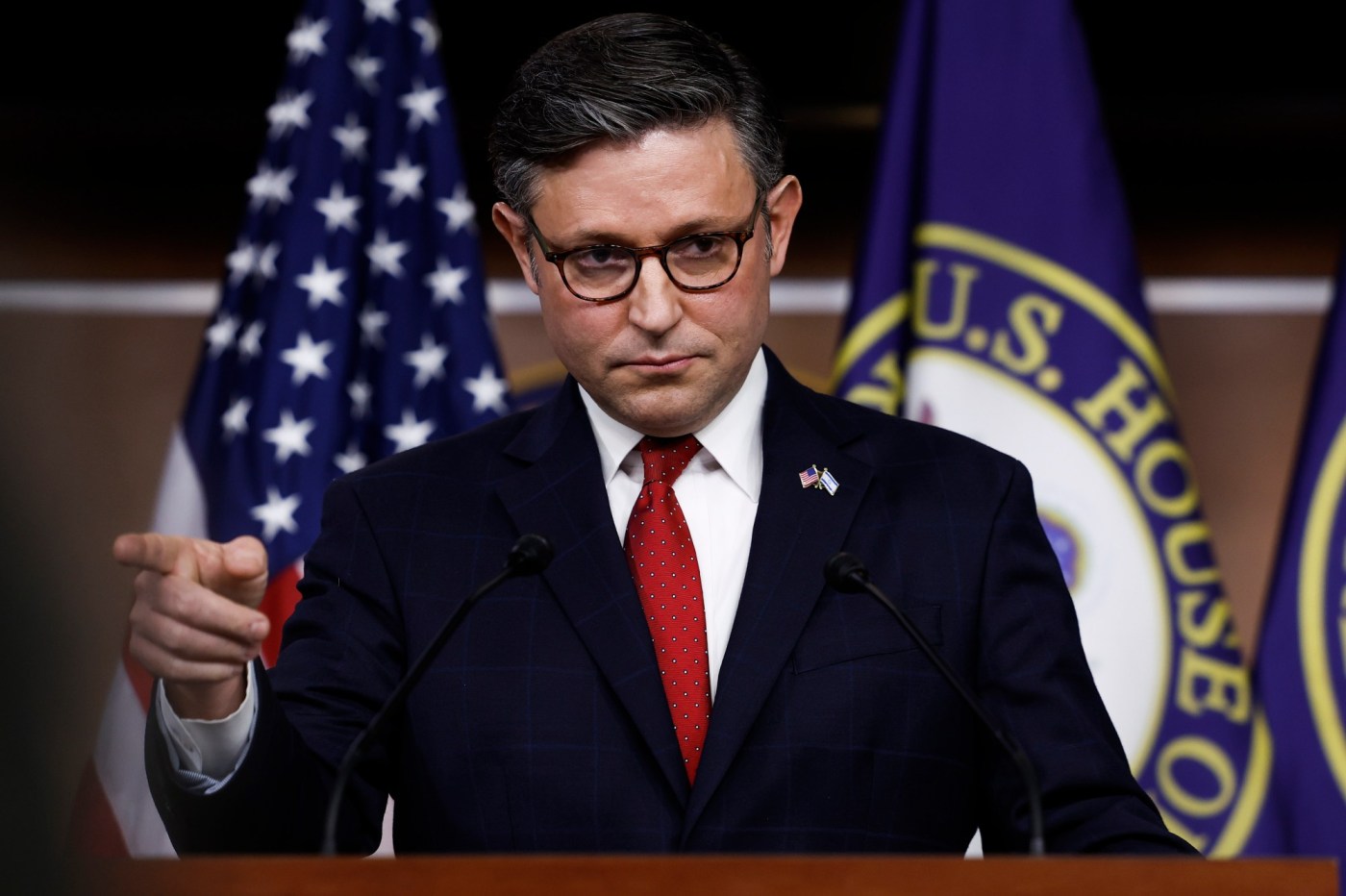
Government shutdown looms yet again: What you need to know
By Anna Helhoski | NerdWallet
Four days are left until the government faces another shutdown.
A government shutdown would stop or reduce operations for national parks, benefits verification, food inspections and more. It would also send millions of federal workers home without pay for the duration.
All that is on the line unless Congress passes crucial budget appropriations or agrees on another funding extension. The latter may be more likely with this bunch.
What you need to know
Congress must fund 12 key appropriation bills in order to fund the government for its new fiscal year, which began Oct. 1.
A last-minute stopgap was passed Sept. 30 and extended government funding through Nov. 17.
Come Nov. 18, the government shuts down.
The looming shutdown is a test for newly elected House Speaker Mike Johnson, who said at a press conference Tuesday that the House GOP conference “had a very refreshing, constructive, family conversation” on the options on the table to prevent a shutdown. He added that they would “be revealing what our plan is in short order.”
Senate Democrats are reportedly working on their own funding measure. Last week, the Senate passed a package of three government funding bills for the 2024 fiscal year.
Why you should care
Shutdowns are disruptive for the federal government at large. For consumers, a government shutdown could result in various problems and inconveniences.
Unless you work for the federal government, a government shutdown might not have an immediate impact on you.
What happens during a shutdown
Nonessential services like national parks, customer service for the IRS and Federal Student Aid assistance will be suspended.
Essential services like air traffic control, national security, law enforcement, and power grid maintenance continue to operate.
Some essential services like benefit verifications for Social Security, Medicare and Medicaid; food and environmental inspections; scientific research; and the Centers for Disease Control and Prevention may have reduced operations.
If you have travel plans, a shutdown could get in your way.
It could hamper your homebuying plans if you are trying to get a reverse mortgage or Title I loan insured by the Federal Housing Administration or a loan from the U.S. Department of Agriculture.
The brunt of the disruption would fall on furloughed government workers. But all federal workers go without pay during a shutdown even if they’re not furloughed. Federal workers are paid retroactively once funding is restored.
The basics
There have been 21 government shutdowns since 1976, and most ended in under a week, according to the Bipartisan Policy Center.
When Congress passes some of the required appropriations, but not all of them, it results in a partial shutdown.
The most recent shutdown, which was partial, lasted 34 days beginning in December 2018.
What happens next
House Republicans say they’re aiming to bring a bill to the floor next week. It would likely be a continuing resolution.
Senate Democrats are working on their own stopgap bill.
However, lawmakers will balk at any continuing resolution that goes beyond Dec. 31, thanks to the Fiscal Responsibility Act that was passed in spring. It includes a provision that says if a continuing resolution is in effect come Jan. 1, then the spending limit revises on its own — and that automatic revision includes a significant cut to defense, which would be at odds with House Republicans’ efforts to increase defense spending.
More From NerdWallet
How a Government Shutdown Could Affect Travel
Here We Go Again: Government Set to Shut Down on Nov. 18
What the Government Shutdown Means for Home Loans
The article Government Shutdown Looms Yet Again: What You Need to Know originally appeared on NerdWallet.


